Let me tell you something about Nintendo games. While I have no knowledge from inside the company, either the Japanese or American sides, what I’ve seen over the years makes me pretty confident in this knowledge. There is a good chance it applies to other companies too, but I’ve noticed it most often from Nintendo. I share it now with you.
First, can you tell what the messages in these images have in common?
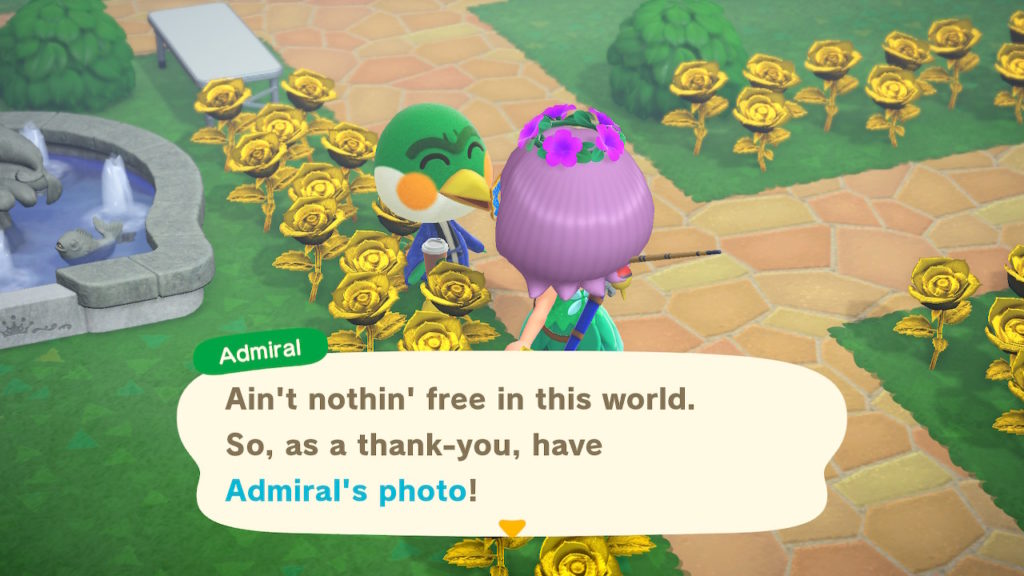
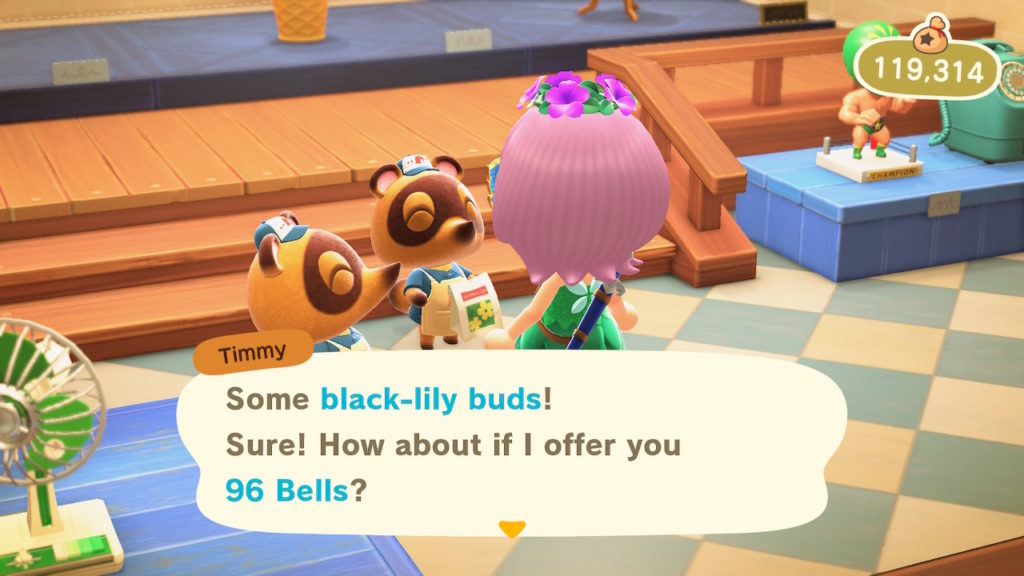
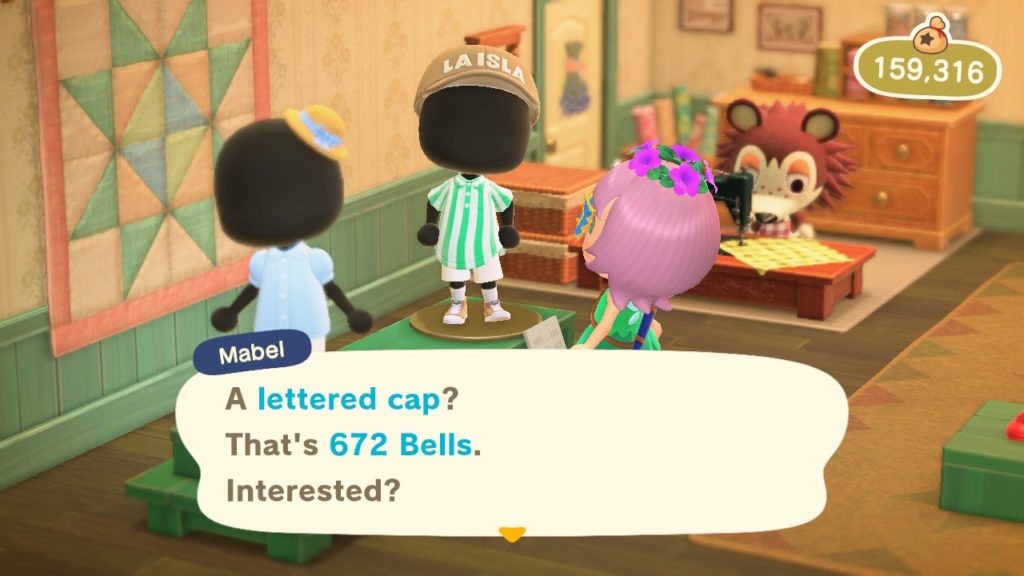
They all contain item names, but what’s more, they’re all written in such a way that the item name (along with whatever introductory articles it requires) is on a line to itself.
Nintendo games are written in Japan, and then localized to other countries. Localization usually involves translating, sometimes adjusting, the text, and sometimes graphics, to other languages. This process usually involves a bare minimum of engine work; the coding is largely ready for release at this point. It’s not supposed to need changing the code itself much, for localization.
Japanese fonts are mostly monospaced. Hiragana, katakana and kanji, the three kinds of Japanese characters, are depicted in them all with glyphs of the same size. I’m not sure this is why, but I think there’s a good chance it’s the reason, that text boxes in Nintendo games tend to not support that essential feature to all word processors made in the past three decades: word wrap. It’s not needed for Japanese generally, for the text will be written with newlines embedded. Most text isn’t dynamic, so it usually isn’t a problem.
Once in a great while, due to a localization error, this becomes evident. I remember seeing once a text line in Ocarina of Time, in a dialogue in Kakariko Village, where the text extended outside of the message window. It’s a bit surprising when it happens because usually Nintendo is good about catching it.
However, there is a weird implication of the need to keep all the words properly bordered within their message boxes: if a string has a dynamic part at all, a place where the text can vary, then the text around it must be written to account for the widest text that can possibly be put there.
This is generally true for most games I’ve seen, but where I notice it most frequently is in Animal Crossing games, which have a lot of dynamic text, and must account for the widest possible player, villager and, especially, item names, some of which are pretty long.
It is for this reason that, if a dialogue in an Animal Crossing game contains the name of an item, the other text on that line must be kept pretty short, to prevent the text from overflowing the bounds of the message box. Which is a pretty onerous localization requirement, when you think of it. As a result, the majority of dialogue texts in the game are written in such a way that the item name comes at the end of a sentence, so the inevitable following line break looks natural. This means a lot of characters in shop dialogue begin with an interjection of the item name followed by an exclamation point, so it won’t be so obvious that there’s going to be a lot of white space after the item.
Here are a few more examples from New Horizons:
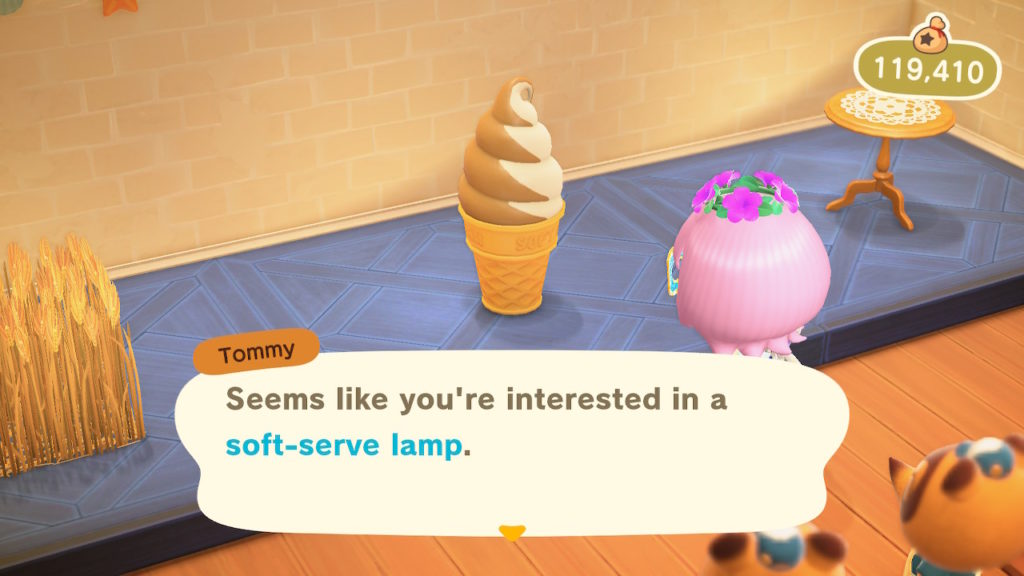
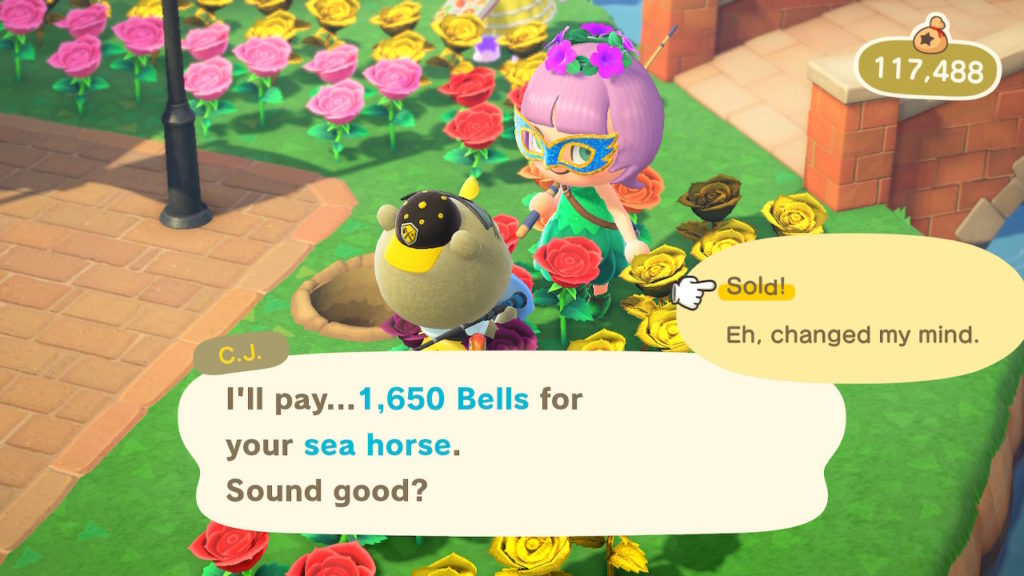
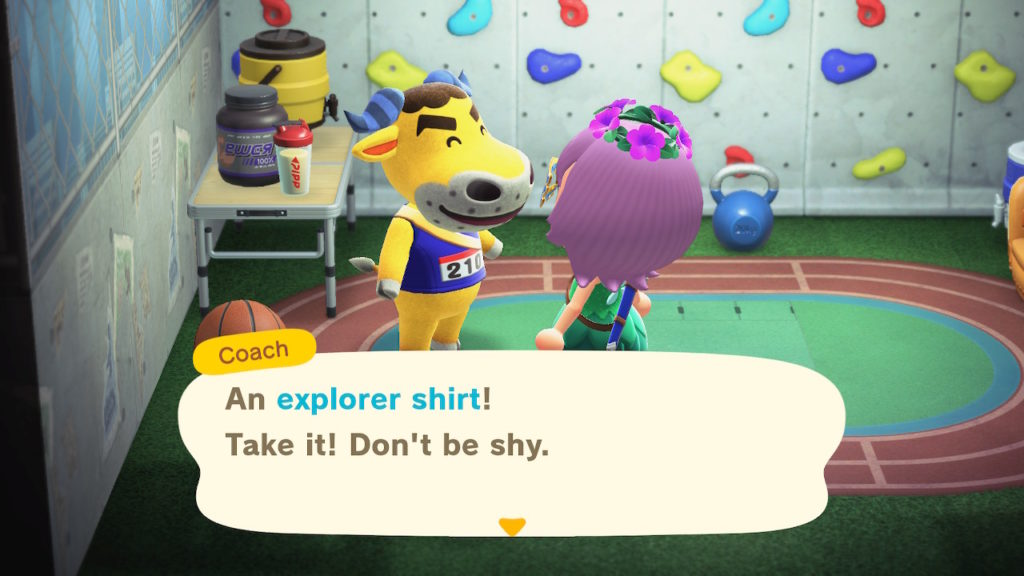
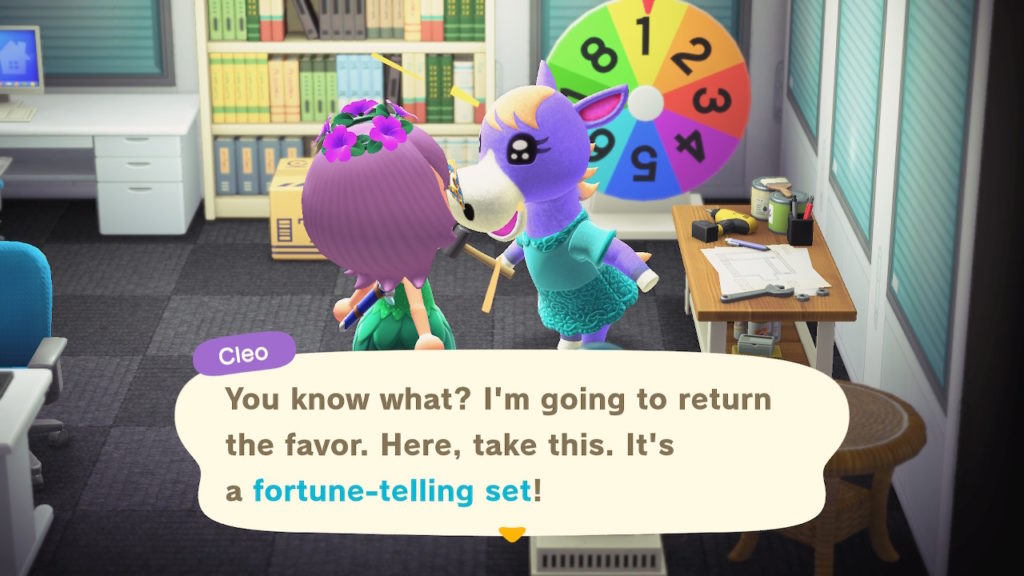
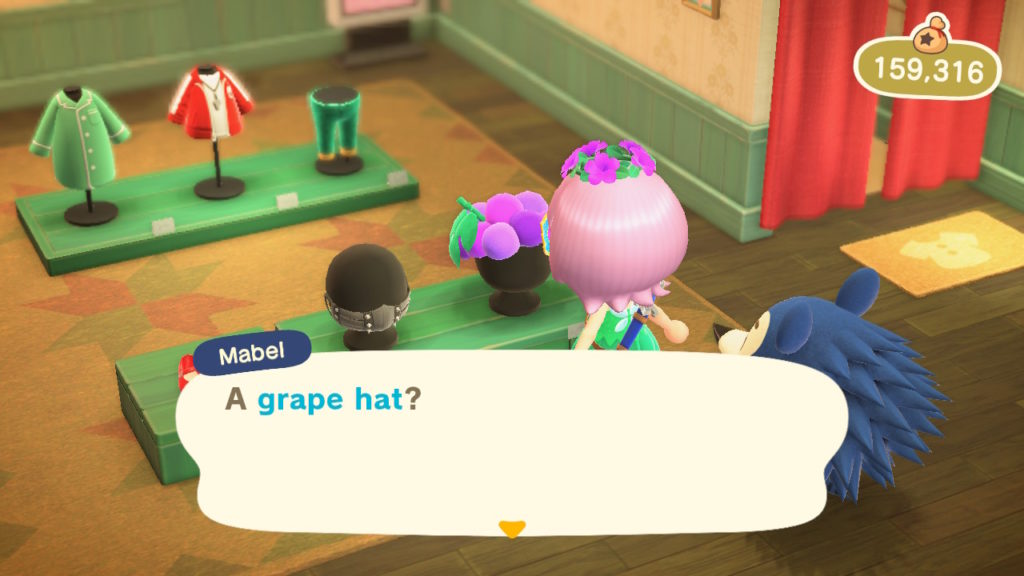
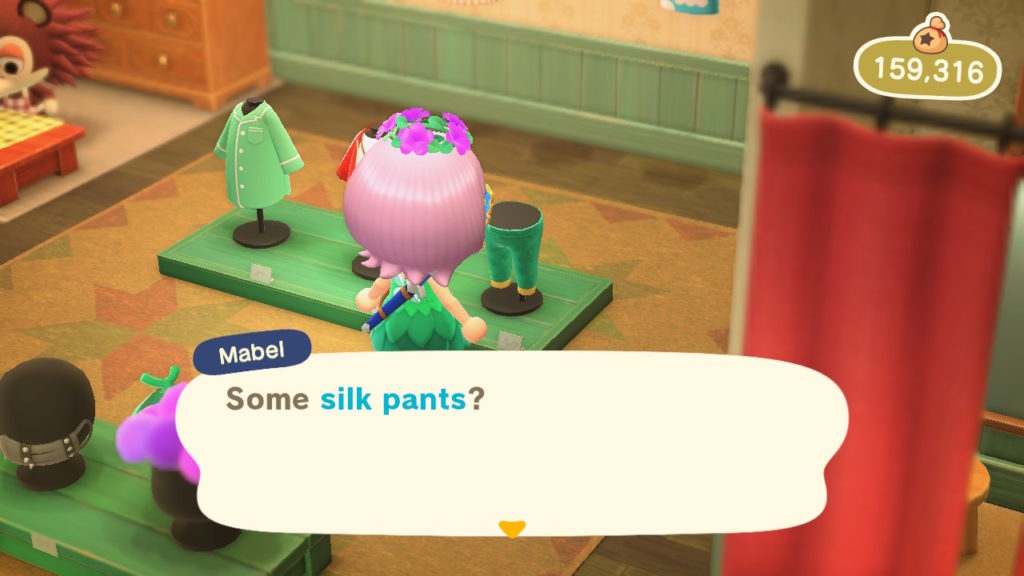
Subscribe to get Set Side B content via email.
Set Side B will never share or use your email address for any purpose except delivering our posts.
